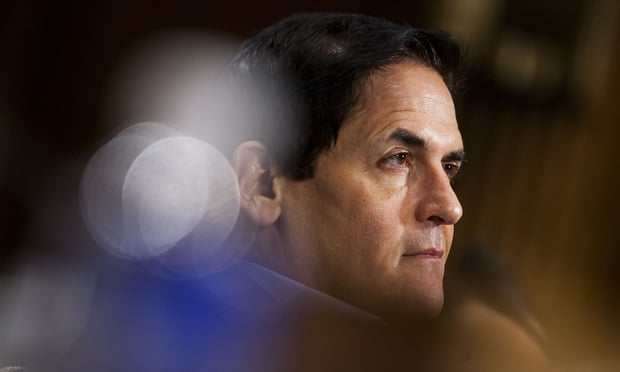Although employers offer a wide range of rewards, many employees still find a disconnect between pay and performance, says Laura Sejen, global practice leader, rewards of Towers Watson, a global professional services company.
In fact, only 36 percent of employees see a clear link between their performance and their pay while 37 percent of employees see no link at all, according to the survey. Base pay, bonuses, recognition programs, health care benefits and retirement plans are all part of an employer's rewards program because it is well-understood that these perks are necessary to attracting, retaining and engaging employees, Sejen says. Despite the many awards that most employers offer, the disconnect with employees continues to exist.
"There's this focus right now on core, basic forms of rewards, so perhaps there is an undervaluing on the part of employees of some of these other reward programs," Sejen says. "We are big advocates of taking the total rewards approach and making sure that employees are aware of the full set of rewards programs that are being delivered."
Recommended For You
Much of this problem can be attributed to a lack of communication, Sejen says. However, issuing a total rewards statement can help improve communication. With a total rewards statement, employees clearly see the complete cost of their rewards. This is helpful because while employees are aware of the rewards they receive, they may not necessarily understand how much these rewards cost their employer. Total reward statements can be delivered through a hard copy given to employees, or it can be available on the company intranet.
"We invest all this money on the strategy and design around the rewards programs, but then we don't invest as heavily as we should on effectively communicating the full set of rewards, so employees understand the value of what they're receiving when you add up all the pieces," Sejen says.
While improving communication is certainly important, an employer must also determine whether this disconnect is a misperception or reality among employees, Sejen says. Once this is established, an employer has a better idea of how to improve the overall attitude employees hold toward the rewards program. For instance, if there are execution problems, an employer should focus on improving manager training, but if the design of the total rewards program is poor, an employer should consider altering what is offered.
"It's important, in my view, to diagnosis the source of the problem," Sejen says. "Then, you can target your actions to where they're going to have the most impact in terms of improving the outcome."
© 2025 ALM Global, LLC, All Rights Reserved. Request academic re-use from www.copyright.com. All other uses, submit a request to [email protected]. For more information visit Asset & Logo Licensing.







